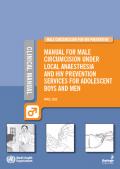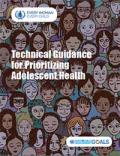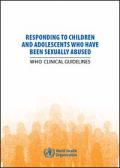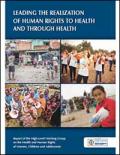Publications on Adolescents

Resource | Publications,
Timor-Leste’s 4th National Human Development Report responds to the development aspirations of the youth of Timor-Leste, the drivers of the nation’s future development. The report examines well-being and identifies options for seizing the demographic dividend, an issue that profoundly influences human potential and sustainable development.
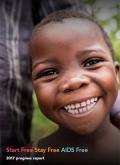
Resource | Publications,
This progress report reflects achievements made during the first year of implementation (through December 2016), as countries have taken actions in line with new or existing national strategies. The most recent data on country progress in 2016 are based on country-reported data and country-developed models using Spectrum software that were reported to UNAIDS in 2017.
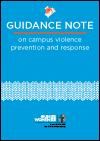
Resource | Publications,
The note is intended to support universities and university administrators, UN staff working with universities in this area, civil society partners, students and other relevant stakeholders—particularly in middle- and low-income countries where there are few resources for addressing violence against women. Universities should adopt targeted measures to address the needs of specific groups, including those most vulnerable and at risk
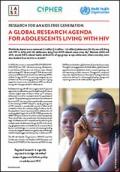
Resource | Publications,
Adolescents living with HIV are in urgent need of improved approaches to address their specific health needs. Evidence indicates higher rates of loss to follow up, and poor adherence, as well as increased needs for psychosocial support. This population group continues to be underserved by current HIV services and have significantly worse access to and coverage of ART.
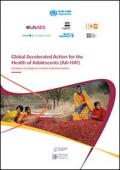
Resource | Guidelines,
This Guidance is a milestone for translating the Global Strategy into action. It provides a wealth of information to policy-makers, practitioners, researchers, educators, donors, and civil society organizations – including the most up to-date data on the major disease and injury burdens that affect adolescents.
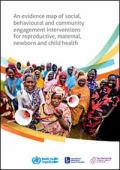
Resource | Publications,
This document provides an evidence map of existing research into a set of selected SBCE interventions for reproductive, maternal, newborn, and child health (RMNCH), the fruit of a collaboration between the WHO, the Partnership for Maternal, Newborn & Child Health (PMNCH) and the International Initiative for Impact Evaluations (3ie), supported by other partners. It represents an important way forward in this area, harnessing technical expertise, and academia to strengthen knowledge about the evidence base.






